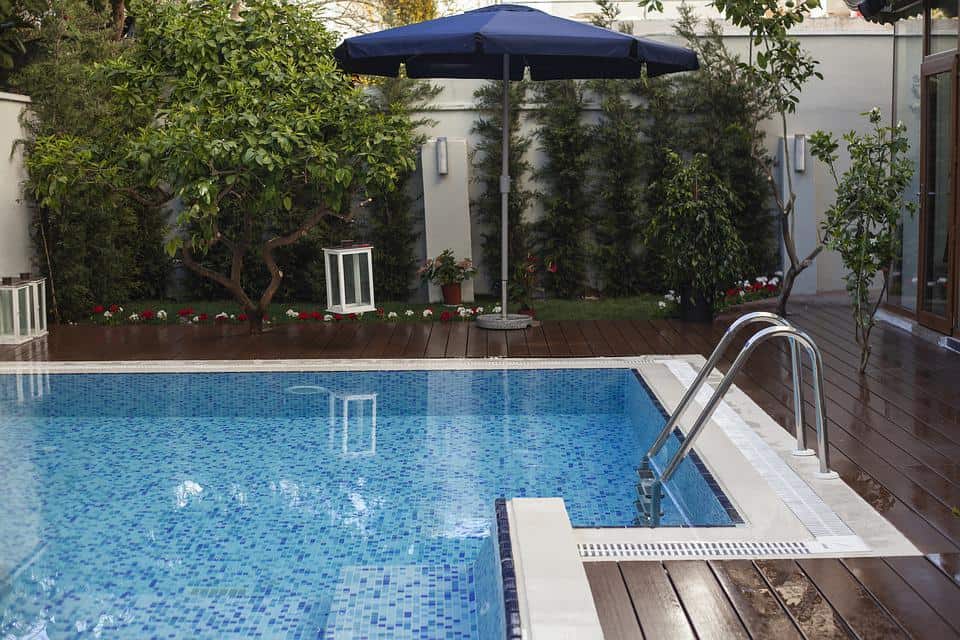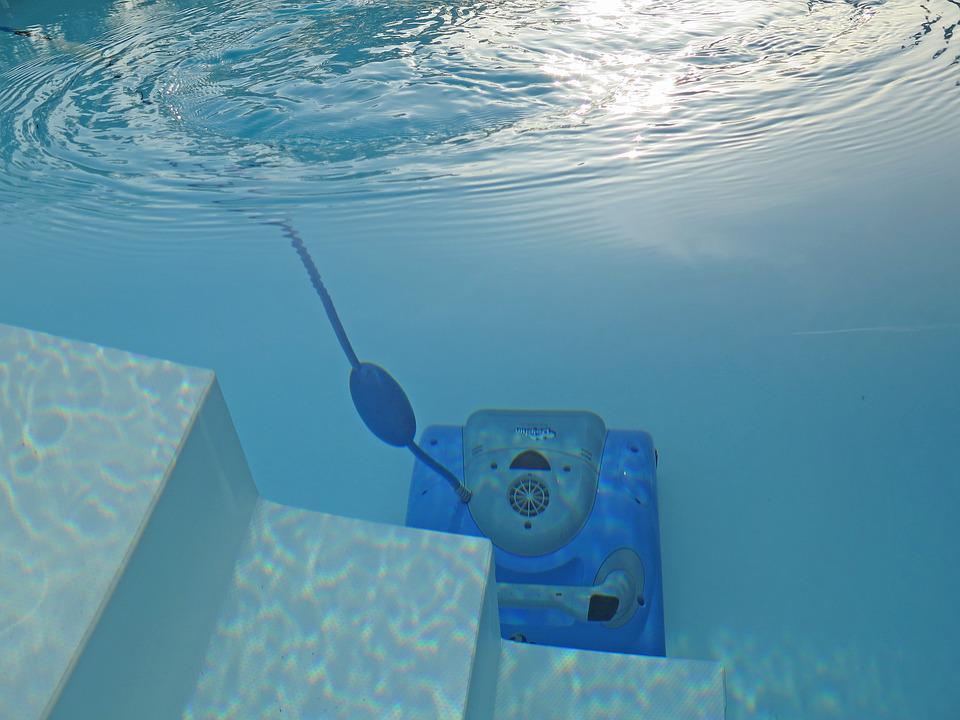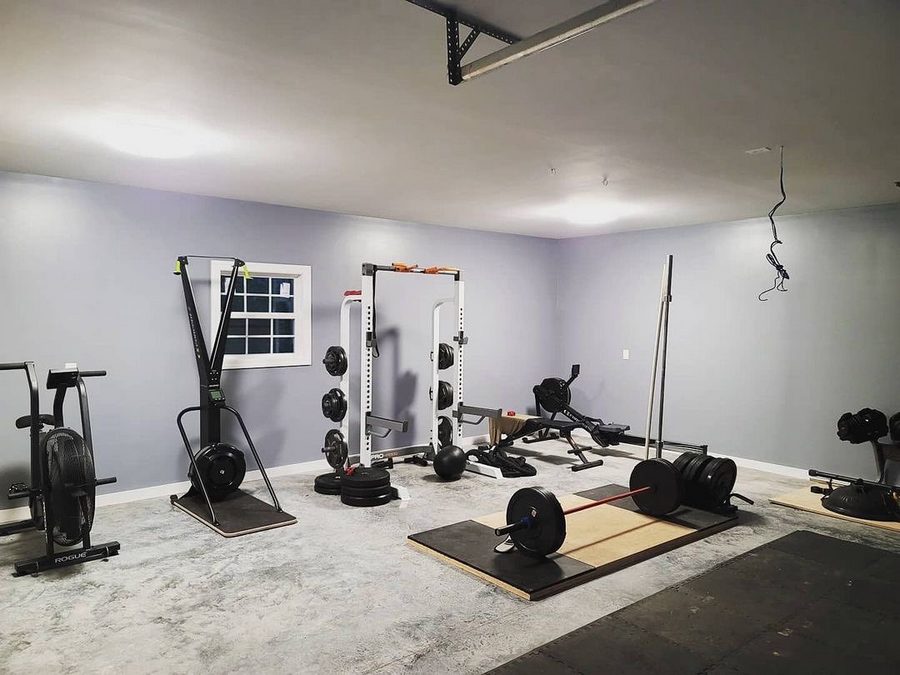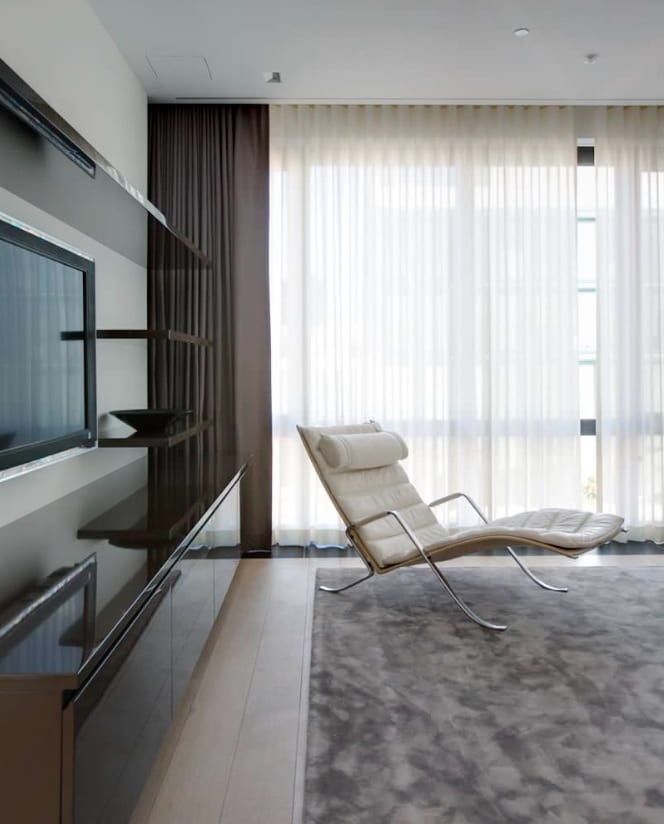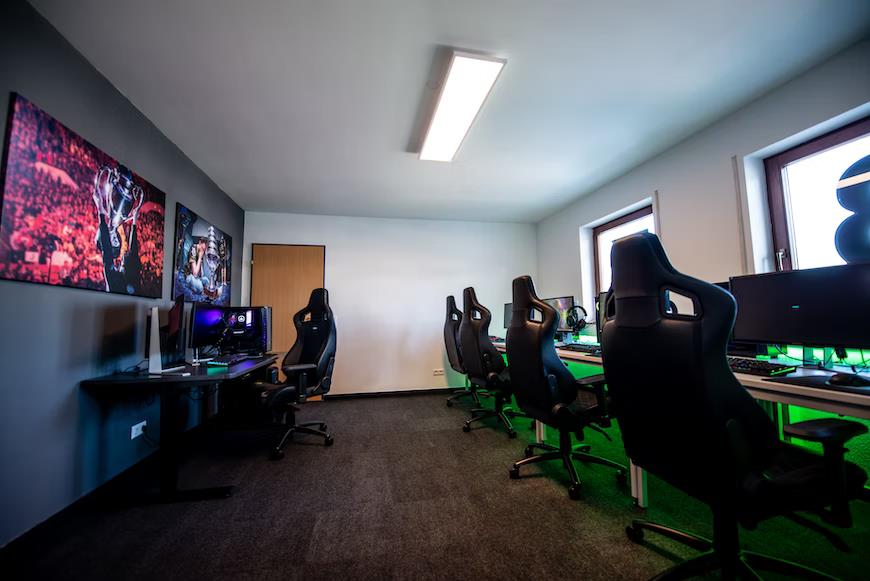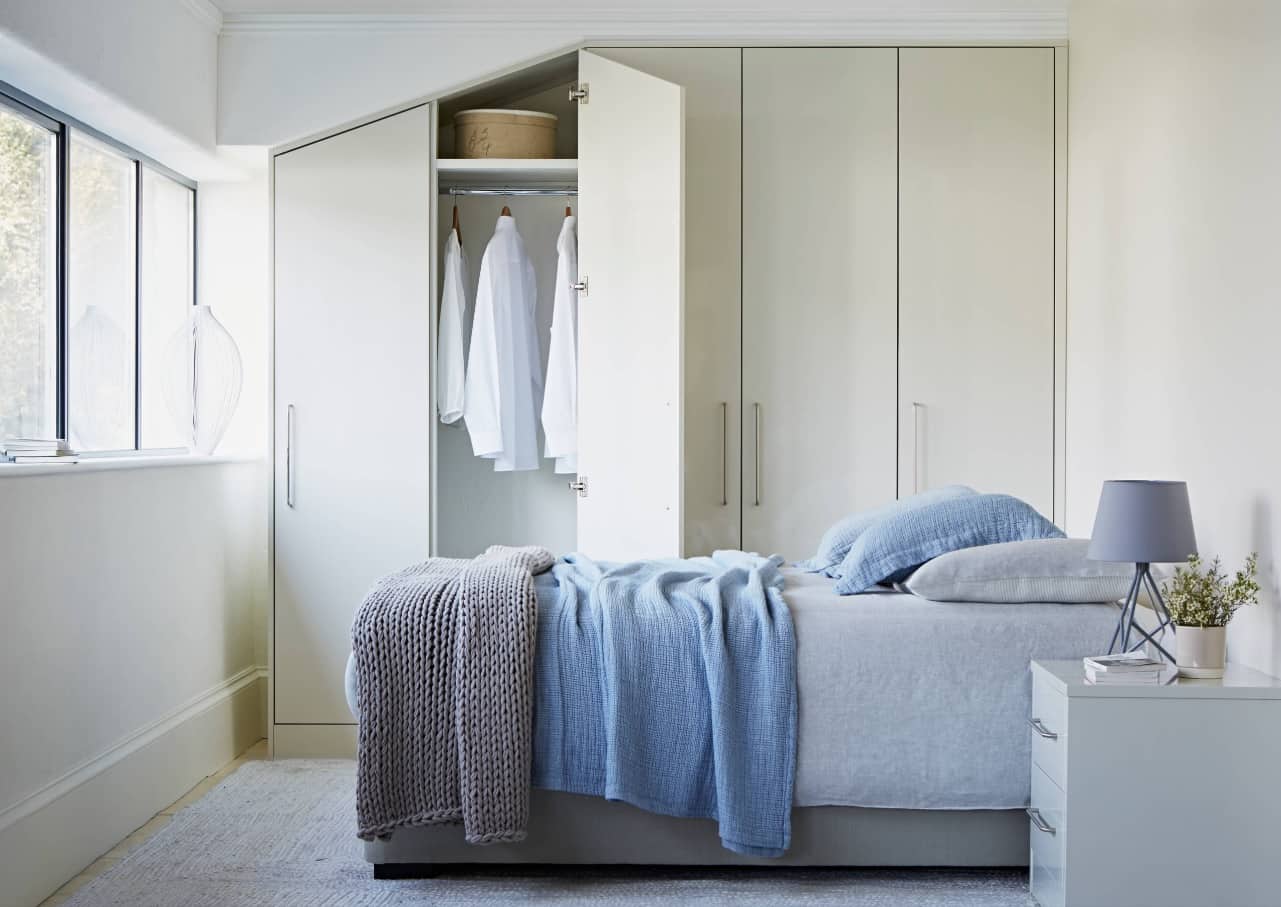A swimming pool can be a great addition to any backyard. Not only does it provide a place to cool off and relax on hot summer days, but it can also be a great source of exercise and entertainment. So, keeping your swimming pool and its area neat and clean at all times is a must.
However, to get the most out of your swimming pool, it is important to keep it clean and well-maintained. By following these simple tips and tricks, you can ensure that your swimming pool is always ready for a swim, no matter what time of year it is!
Cleaning it Regularly
One of the most important things you can do to keep your swimming pool clean is to clean it regularly. Depending on how often it is used, you may need to vacuum and brush the pool walls and floor weekly, or even daily. In addition, you should also skimmer the surface of the water to remove any debris that has accumulated.
When it comes to cleaning equipment, you will need a vacuum, a brush, and a skimmer. The vacuum is used to clean the floor and walls of the pool, while the brush is used to scrub away any dirt or grime that has built up. The skimmer is used to remove debris from the surface of the water. There is a range of swimming pool cleaners that offer different features, so it is important to choose one that is right for you. Are you looking for a manual or automatic cleaner? Does it need to be battery operated, or can it be plugged into an outlet? Consider your needs before making a purchase.
If you don’t have the time or inclination to clean your pool yourself, you can always hire a professional pool service. This is especially recommended if you have a large or complex pool.
Check the pH and Chlorine Levels
It is also important to regularly check the pH and chlorine levels in your swimming pool. The ideal pH level for a swimming pool is between 7.2 and 7.6, and the ideal chlorine level is between 1.0 and 3.0 ppm (parts per million). You can purchase test strips online, at your local pool supply store, or you can hire a professional pool service to do it for you.
If the pH level is too low, it can cause skin and eye irritation. It can also lead to the growth of algae, which can make your pool look dirty and green. If the pH level is too high, it can make the chlorine less effective, which can lead to the growth of bacteria.
To raise the pH level, you can add sodium carbonate (also known as soda ash) to the water. Alternatively, to lower the pH level, you can add muriatic acid or sodium bisulfate (also known as dry acid).
To raise the chlorine level, you can add chlorine tablets or granules to the water. However, you can simply let the sun’s ultraviolet rays do their work for lowering the chlorine level.
Shocking the Pool
In addition to regular cleaning and pH/chlorine testing, you should also shock your pool regularly. This is a process of adding a large amount of chlorine to the water all at once, and it is typically done once a week. Shocking the pool helps to kill any bacteria that may be present, and it also helps to break down organic matter such as sweat, body oils, and leaves.
Pool shocking is a simple process, but it is important to follow the directions on the product label carefully because over shocking the pool can damage the filter and cause irritation to swimmers’ skin and eyes.
However, you will know that it is time to shock your pool when the chlorine level drops below 0.5 ppm or when you notice a sudden increase in algae growth.
Testing the Water
To keep your swimming pool clean, it is important to test the water regularly. You should test the pH and chlorine levels at least once a week, and you should also test the alkalinity and calcium hardness levels every month. Alkalinity helps to stabilize the pH level, and calcium hardness prevents the water from becoming too soft.
If the alkalinity level is too low, it can cause the pH level to fluctuate. If the alkalinity level is too high, it can make the water cloudy. The ideal alkalinity level for a swimming pool is between 80 and 120 ppm.
If the calcium hardness level is too low, it can cause the water to become too soft and corrode the pool’s metal fixtures. If the calcium hardness level is too high, it can make the water cloudy. The ideal calcium hardness level for a swimming pool is between 150 and 400 ppm.
These tests can be done with test strips or with a liquid test kit. The difference between these two is that test strips only provide a general idea of the levels, while liquid test kits are more accurate. However, both types of tests will give you an idea of whether or not the levels are within the ideal range.
The Filter and Pump
The filter and pump are two of the most important components of your swimming pool. The filter helps to remove dirt, debris, and bacteria from the water, and the pump circulates the water to ensure that it is evenly mixed.
It is important to clean the filter regularly, and it is also important to make sure that the pump is the correct size for your pool. If the pump is too small, it will not be able to circulate the water properly. If the pump is too large, it will use more energy than necessary.
Cleaning these components includes backwashing the filter and cleaning the pump basket. Backwashing is a process of reversing the flow of water through the filter to remove dirt and debris. Cleaning the pump basket involves removing any dirt or debris that has been collected inside of it.
Maintaining a swimming pool can be a lot of work, but it is definitely worth the effort. By following these simple tips and tricks, you can keep your swimming pool looking great all season long. Not only will this make your backyard look amazing, but it will also provide hours of fun for you and your friends and family.

